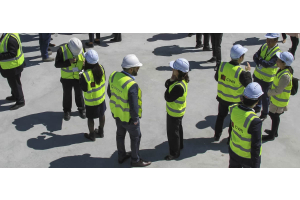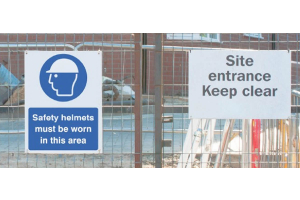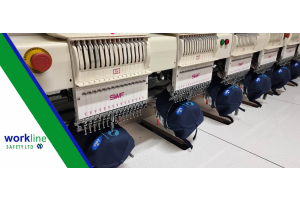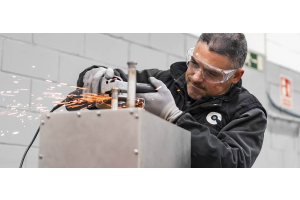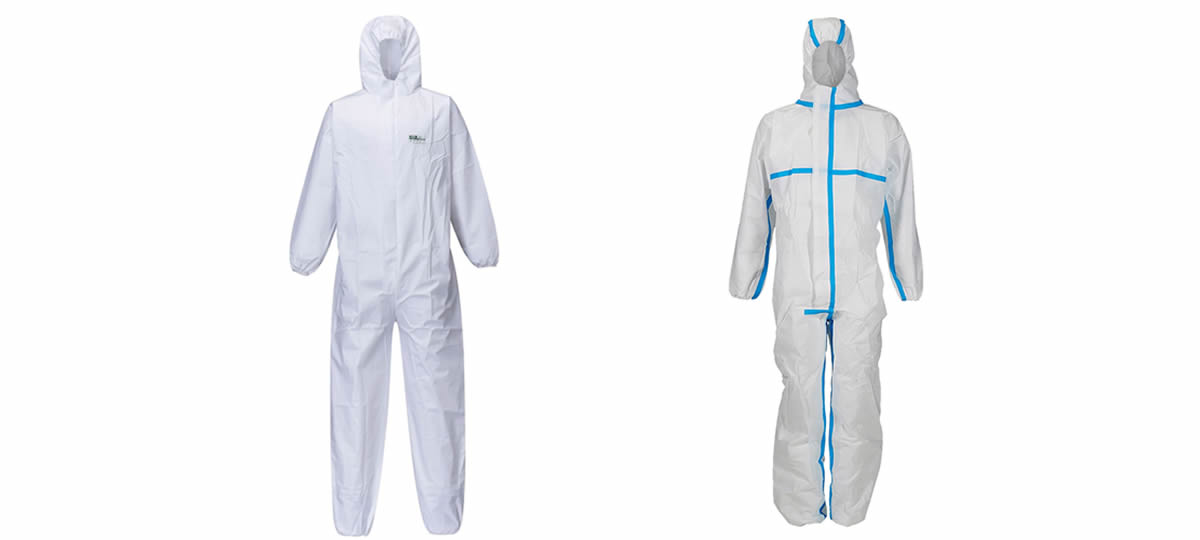
Disposable boilersuits are vital in protecting workers from various hazards on a wide range of work sites. To ensure adequate safety, these garments must adhere to specific European standards, and understanding these specifications is important to help you choose the right suit for the right job.
There are 3 common ‘Types’ of disposable boilersuits:
- Type 4 boilersuits provide resistance to liquid chemical sprays so are useful in scenarios such as chemical handling and industrial cleaning. They comply with EN 14605.
- Type 5 boilersuits are designed to limit the penetration of dry particles and contaminants, usually dust and fibres, making them appropriate for tasks like asbestos handling. They comply with EN ISO 13982-1.
- Type 6 boilersuits offer limited protection against light sprays of non-hazardous liquids so are best for general maintenance and light industrial tasks. They adhere to EN ISO 13034.
These types are often combined in PPE disposable boilersuits:
- Type 5/6 boilersuits safeguard against both dry particles and light sprays of liquids.
- Type 4/5/6 boilersuits provide the most comprehensive protection, meeting the requirements of all 3 standards.
Key Considerations When Choosing Boilersuits:
Material:
The choice of material significantly impacts protection and comfort. Common materials include:
- Mircroporous Laminate Fabric: This is fabric which has been laminated with a microporous film. It offers higher protection while maintaining breathability and is an effective barrier against liquid splashes and hazardous particles making it suitable for industrial cleaning, paint spraying, and even medical environments (if sterile irradiated).
- SMS (Spunbond-Meltblown-Spunbond): This fabric provides breathability and basic protection making it ideal for tasks requiring comfort over long periods in non-hazardous environments.
These materials each provide a different level of protection, but all will perform to the standard required by the suit.
Fit:
Proper fit is crucial when it comes to PPE. Loose-fitting boilersuits can compromise protection by allowing particles or liquids to penetrate.
Additional Features:
Boilersuits are also available with antistatic properties, with or without feet, with anti-inflammatory properties and more. The specific hazards present in the workplace will determine the appropriate type and level of protection required, so while the temptation can be to choose the one at the right price point, or the one you like the look of, it is imperative to check the standards that they perform to.
To comply with UK Regulations for your staff’s safety, you need to ensure that the chosen boilersuits meet all relevant UK regulations and possess the necessary certifications. When you view the range on our website, you’ll see we have named each boilersuit to include its type and protection level, to help you make an informed choice.
By understanding these standards and selecting the appropriate boilersuits, you can protect your workforce to the level they deserve. If you need more support in choosing the right boilersuit, contact our team today.

